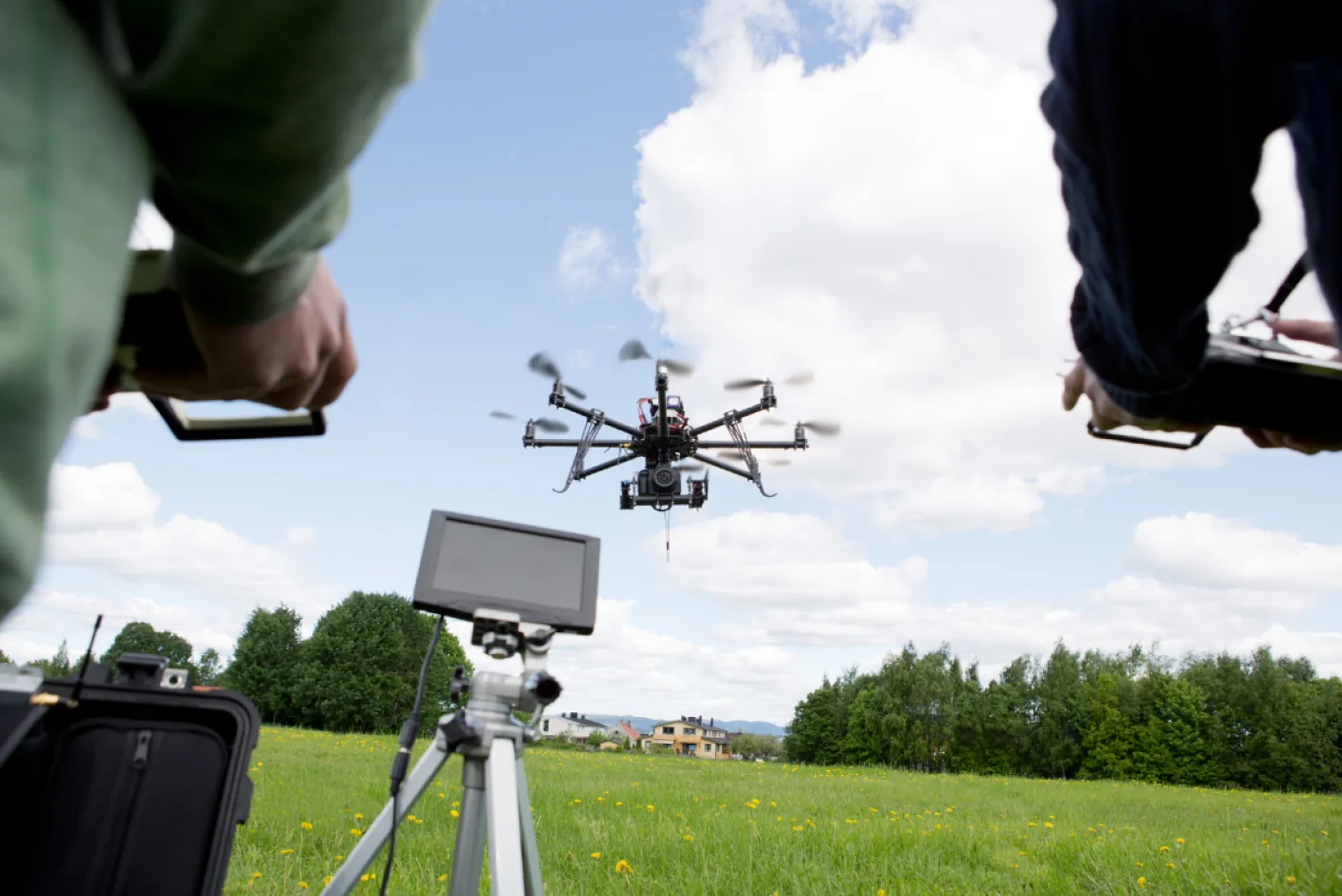
Are you looking to change careers or perhaps earn additional income? There are numerous opportunities for people to turn a hobby into a profession or learn additional skills in an industry that is really starting to take off and that starts with a remote pilot licence.
A Remote Pilot Licence (RePL) is a licence issued by the Civil Aviation Safety Authority (CASA)
that allows you to operate a remotely piloted aircraft (RPA) for a company or in circumstances such as your job that require specialist training. Despite the common misconception, Australian legislation determines that all civilian unmanned aircraft or drones are classified as an aircraft. A remote pilot aircraft is an aircraft that is unmanned and commanded by control links and other components associated with the design.
The demand for RePL for the use of drones aircraft in general, has increased over recent years and are expected to grow from $9.5 billion in value to $232 billion by the end of this decade. With more industries opting for drone services it’s no wonder that the need for professional drone pilot operators will increase too. The industries that currently use drones the most are:
- Agriculture
- Construction
- Insurance
- Real Estate
- Telecommunications
- Law Enforcement & Security
- Shipping & Logistics
- Film & Photography
So to meet the demand for these industries, more people need to get their remote pilot licence.
What’s Involved In The Course?
In Australia, getting a remote pilot licence involves a combination of theoretical work and practical flight experience. You must be at least 16 years old and be able to read, write, speak and understand English as well as be in a mental and physical condition to safely fly an unmanned aerial system (UAS).
This course can take anywhere from 1.5 days to 5 days to complete depending on any prior experience and the learning modality such as online versus in-person. Most course providers will split the theoretical and practical knowledge across the first few days with the final day or days left for testing. If there are weather interruptions, it may take longer. It is common for course providers to also give you a training pack which entails course notes, access to further training and resources or references.

What Does A Remote Pilot Licence Allow?
Having a remote pilot license and operating a drone allows you to capture information and imagery in a safe and efficient manner and provide that data to an organisation or business that requires it. A remote pilot licence is continuous and does not require renewal.
Once your RePL has been issued by CASA you can:
- Fly a drone over your own land for commercial purposes as long as it is less than 150 kg
- Be employed as a remote pilot for yourself or a business that holds a Remote Operator Certificate (ReOC)
- Operate various types and weights of drones as long as you’re approved in the below categories
- Less than 7 kg
- Less than 25 kg
- Less than 150 kg
- More than 150 kg
For a freelance drone pilot you could expect to earn anywhere from $35 to $150 per hour with an average wage of $85 per hour. If you were a full-time employee, you could look to earn anywhere from $80-$120 per hour with an mean hourly rate of $95. The exact earning will change depending on the industry you work in and the years of experience you have.
Examples Of How Drones Are Used In Industry
The four types of drones are Multi-rotor, Single-rotor helicopter, Fixed-wing and Fixed-wing Hybrid VTOL and there are multiple ways that they are used in a commercial setting. The first example is inspections. Drones are used to reach high and hard to reach places to inspect things such as roofs, power stations, transmission lines, telecommunication and radio towers, oil and gas assets and more.
The second example is to monitor and manage. Before drone technology, this was often done manually and took a lot of time and resources to cover large or hard to reach areas. The industries most commonly using drones for this application are:
- Waste Management
- Traffic control
- Agriculture
- Highway Infrastructure
- Environmental Groups and Associations
- Natual Hazards and Disaster Relief
- Port and Marine
- Coastal Waterways
- Forestry
The third example is for surveying and aerial mapping. The industries most known for using drones in this manner are mining, landfill sites, building and construction, real estate, architecture and property development, town planning, facilities management and the resources sector.
So if you have been thinking about getting a remote pilot licence, there’s no better time to do this than now. If you’ve already obtained your remote pilot licence then you could go on to do additional certifications or qualifications such as aerial surveying. With growing demand for this skillset and advances in technology, the use of drones will become more common place and used across more industries which means greater employment opportunities.



